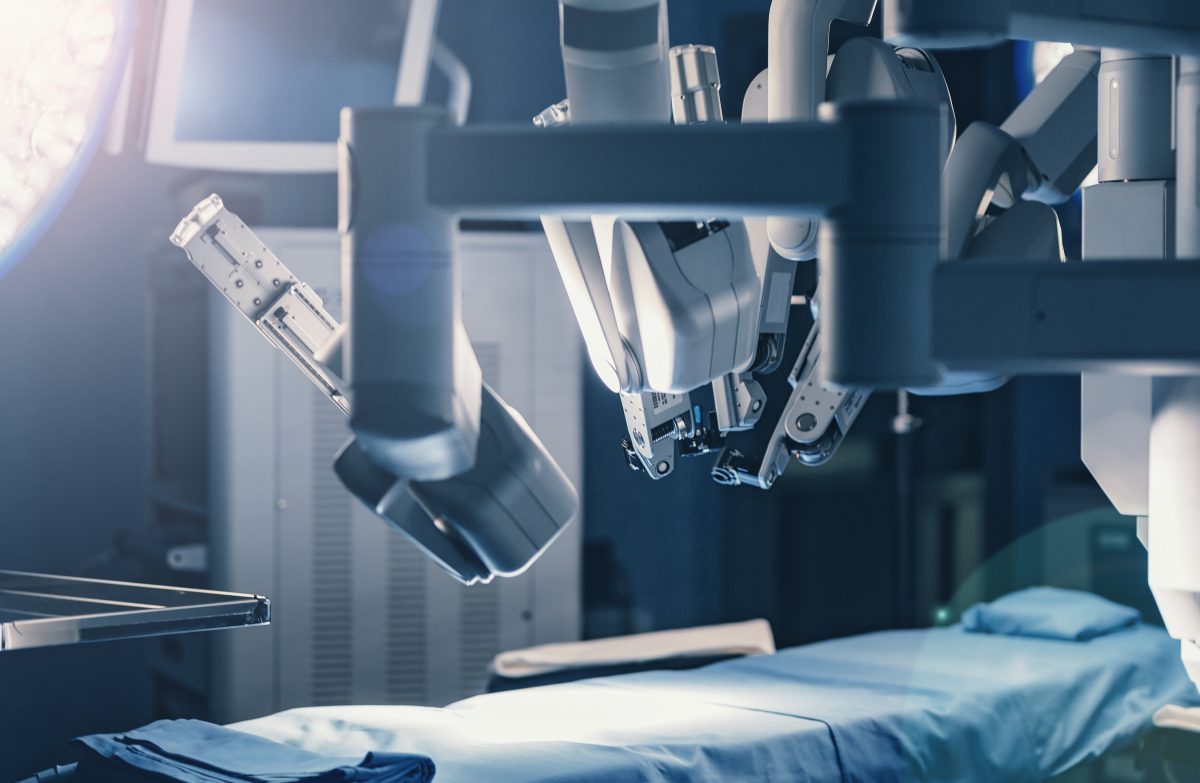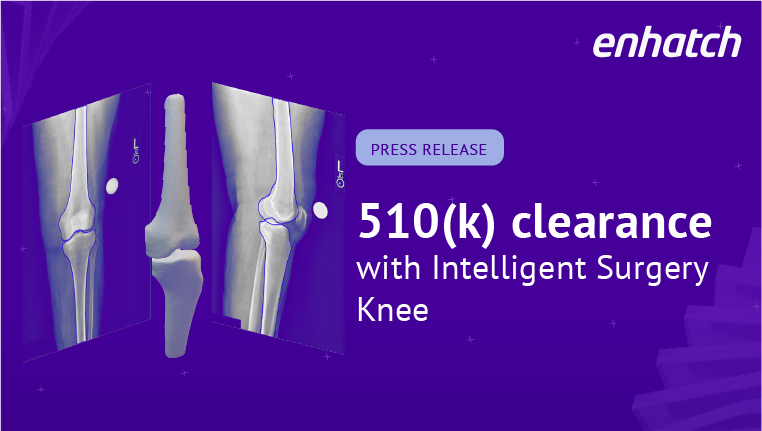A New Era of Patient Specific Implants and Instruments

The standard treatment plan paradigm has shifted away, ushering a new era of patient specific implants and instruments. Standard implants and instruments are outdated, deemed obsolete by their many limitations. From a 3D model of the patient’s anatomy, artificial intelligence-powered software can design a custom implant that will simplify surgical technique and improve patient outcomes.
Custom, intelligent, and patient specific implants have better patient outcomes by providing better bio-mechanical fit and increased mobility. The mathematical framework of the software design is backed by validation tests to restore stability through range of motion. Notably, they address needs that off-the-shelf implants do not, especially for out-of-range bone geometries and disease-specific requirements. Perfectly matched surfaces help load distribution for complete coverage of weight bearing surfaces. No overhangs or sizing compromises. This reduces pain and feels more natural. Custom, patient-specific implants can also provide better aesthetic and reconstructive results.
Artificial intelligence can also formulate a surgical plan complete with defined trajectories and patient specific instruments. Patient specific instruments provide innovative solutions in cases where standard instruments fall short. Physical cutting guides are designed using calculations based on the relationship between 3D models of patient anatomy and implant. By improving alignment and increasing surgical efficiency, there is less muscle damage and more natural joint movement. The jigs are made using rapid prototyping and additive manufacturing, and come sterile for single use. Artificial intelligence is refining patient specific implants and instruments, making them more affordable and easier to manufacturer.
It is easy to recognize the clinical efficacy of patient specific implants and patient specific instruments because the conventional medical device lifecycle presents so many challenges. Surgical instrument trays take up storage space in hospitals. PSIs come in a single box, reducing the number of trays in the operating room and shortening time to open them during surgery. PSIs are also single use and sterile, saving the hospital time and money on cleaning and reducing the risk of infection. Mass customization of patient specific instruments drives down procedural cost and maximize patient outcome.



